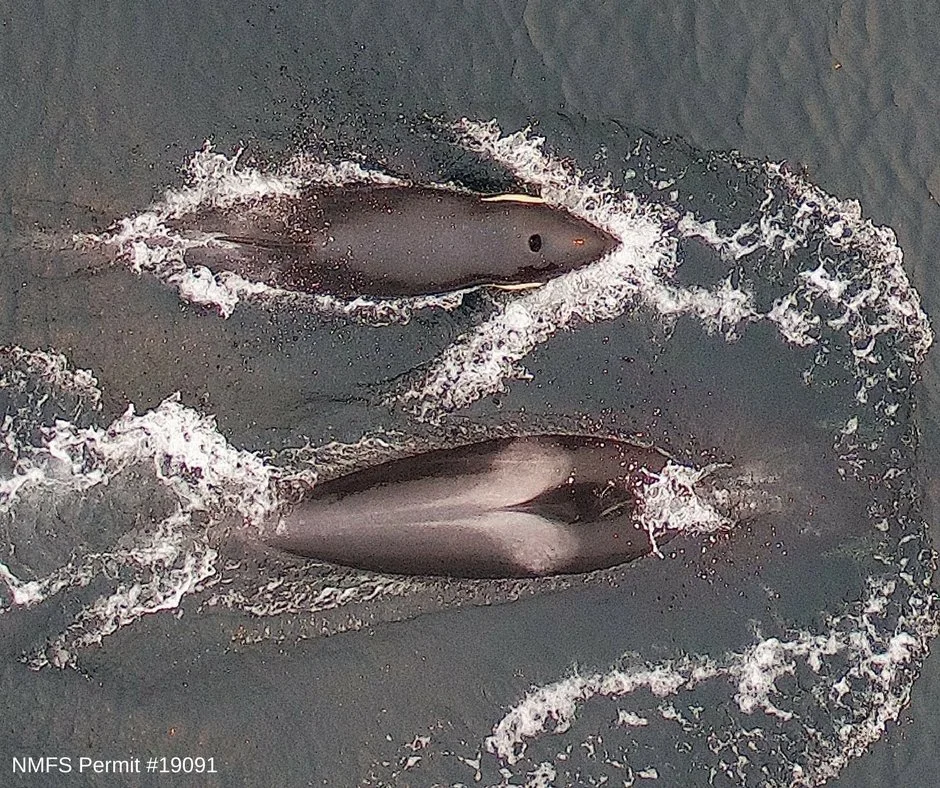Dr. Fearnbach Checks in From the San Juan Islands with a Southern Resident Killer Whale Update
The Southern Resident killer whales returned to the San Juan Islands! SR3’s killer whale expert, Dr. Holly Fearnbach and colleagues Drs. John Durban (NOAA) and Lance Barrett-Lennard (Coastal Ocean Research Institute) just reached the midway point of their 3-week photogrammetric health assessment of Southern Resident killer whales. The team uses an unmanned hexacopter to collect high resolution vertical images that are analyzed to measure inter-annual and inter-seasonal changes in growth and body condition. They have already flown a total of 48 flights over 63 different individual Southern Residents (more than three-quarters of the population) and three Bigg’s (mammal-eating) killer whales. This is the seventh photogrammetry effort on this population since 2008 and measurements of morphometrics will be compared over time for the same individuals to infer changes in nutritional status and health.
Aerial images of Southern Resident killer whales.
An adult female (J36) with her young juvenile (J52). Sadly, J52 is in emaciated condition, displaying a “peanut head”, the result of diminished fat deposits around the head. Note that the white eye patches narrow posterior to the blowhole and trace the outline of the cranium.
An adult female (L91) with her young juvenile (L122). L91 successfully caught a large a Chinook salmon, the preferred prey of this population, and is shown carrying it before she shared it with L122. Aerial images were obtained using an unmanned hexacopter that was flown >100ft above the whales under NMFS permit #19091.


